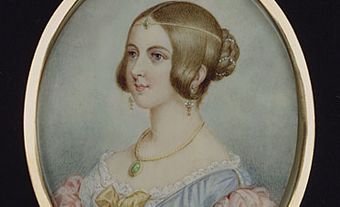History
Named for Queen Victoria's husband, Prince Albert was founded in 1866 as a Presbyterian mission. The valley of the North Saskatchewan River was initially selected as the route for the Canadian Pacific Railway. Prince Albert grew rapidly as a result, but the boom collapsed when the CPR chose a more southern route.
After the turn of the 20th century, Prince Albert attempted to use nearby La Colle Falls to its advantage, expecting that inexpensive electric power would attract industry. These dreams were never realized, however, and the project brought Prince Albert to the verge of bankruptcy.
At the end of the Second World War, the city’s economy was revived through resource development and the growth of tourism at Prince Albert National Park. Some of the richest deposits of gold and uranium in North America have been identified to the north and mining companies now use Prince Albert as a supply and service base.
Population
According to the 2016 census, 42.4 per cent of Prince Albert’s population identifies as Indigenous. The majority of the remainder of the population claims either Canadian or English ancestry. Those identifying as a visible minority make up just over 8 per cent of city residents, with Filipino, South Asian and Black people comprising the largest communities within this group.
Economy
From 1968 to 2006, Prince Albert’s pulp and paper mill was one of the city’s largest employers. As of 2016, the industries employing the largest number of residents are health care and social assistance, retail, and public administration. The city has established itself as the key service centre for central and northern Saskatchewan, catering to the agricultural, forestry, tourism and mining industries. Prince Albert is also well-known in western Canada for its penal institutions. It is home to a federal penitentiary, men's and women's correctional facilities, and a young offenders' institution.
Government and Politics
Prince Albert is governed by a mayor and eight councillors, representing the city’s eight wards.
Three prime ministers have represented Prince Albert in the House of Commons: Wilfrid Laurier, Mackenzie King and John Diefenbaker. Laurier won the Saskatchewan riding (today's Prince Albert) in 1896, but only held the seat for 18 days. On 11 July 1896, he vacated that seat, choosing instead to sit in Quebec East, where he had also won.
King and Diefenbaker managed to hold onto the position for considerably longer. After losing his North York constituency in Ontario, King was subsequently elected in a by-election in Prince Albert. King held the post from 1926 until 1945. Diefenbaker served as Prince Albert's member of parliament from 1953 until 1979. Of the three prime ministers, Diefenbaker was the only one who was a long-term resident of Prince Albert.
Cultural Life
The northernmost campuses of Saskatchewan Polytechnic and the First Nations University of Canada are located in Prince Albert. The E.A. Rawlinson Centre for the Arts (2003), the city's most important cultural institution, houses an art gallery and theatre. The Prince Albert Arts Centre occupies the former town hall and opera house (1893). The Prince Albert Historical Society operates several museums, including Diefenbaker House. The city’s newspaper is the Prince Albert Daily Herald. Prince Albert is also home to a junior hockey team, the Prince Albert Raiders.

 Share on Facebook
Share on Facebook Share on X
Share on X Share by Email
Share by Email Share on Google Classroom
Share on Google Classroom



